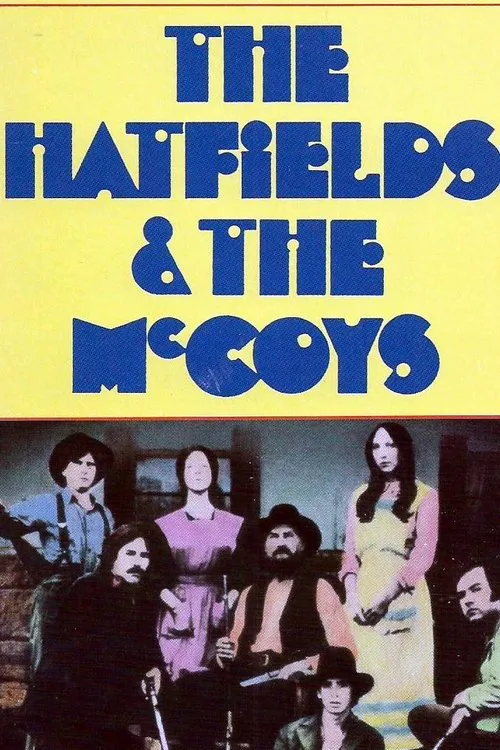The Hatfields and the McCoys

Plot
The Hatfields and the McCoys, a legendary feud between two mountain families, was a tale of love, loyalty, and violence that captivated the nation for generations. The conflict spanned several decades, with both families claiming to be in the right and accusing the other of starting the trouble. The infamous feud took place in the rugged terrain of rural Kentucky and West Virginia, where the rugged beauty of the Appalachian Mountains was matched only by the fierce pride of its people. At the heart of the feud were two families: the Hatfields, led by William Anderson Hatfield, affectionately known as "Devil Anse," and the McCoys, led by Randolph McCoy, a stout man with a sharp tongue and a fierce determination. The two men had been friends and neighbors for many years, but a combination of personal, business, and cultural differences soon drove them apart. The feud was sparked by a dispute over a woman named Roseanna McCoy, the daughter of Randolph McCoy, who had caught the eye of a young Hatfield named Johnson "Johnse" Hatfield. Johnse, a dashing young man with a charming smile and a quick wit, had fallen deeply in love with Roseanna, and she, for her part, had responded to his charms. The problem was that Roseanna's father, Randolph, had other plans for his daughter's future, and he would not approve of a union between Roseanna and Johnse. As the summer of 1869 heated up, the situation between the Hatfields and the McCoys grew increasingly tense. Randolph refused to give his blessing for Johnse and Roseanna to marry, leading Johnse to secretly take Roseanna away from her home and elope with her. The move outraged Randolph and his family, who felt that the Hatfields had stolen their daughter away from them. The rift between the families grew exponentially, with each side accusing the other of treachery and betrayal. But the Hatfields and the McCoys were more than just two families with a grudge against each other; they were also neighbors, and their daily lives were deeply intertwined. They worked the same land, fished the same streams, and hunted the same game. The feud was a complex web of emotions, fueled by both love and hatred, and it would take years to fully unravel. As the feud raged on, both sides claimed to be fighting for justice and revenge. The Hatfields, led by Devil Anse, accused the McCoys of stealing their cattle and disrespecting their way of life. The McCoys, led by Randolph, retaliated by accusing the Hatfields of murder, theft, and adultery. The cycle of violence continued, with each side seeking to outdo the other in a series of escalating confrontations. One of the most infamous incidents of the feud took place in 1878, when a group of Hatfields, led by Johnse, ambushed and murdered three McCoy men, including Randolph's brother Tolbert, who was shot in the back by one of the Hatfields. The move was a brutal one, and it sent shockwaves through the community. The McCoys, led by Randolph, vowed to exact revenge for the murder, and a wave of retaliation swept through the Appalachian Mountains. The feud continued for years, with neither side willing to back down. But as the years went by, the families began to realize that the violence was taking a heavy toll on their community. The feud had driven people apart, and the once-tiny village of Matewan, where the Hatfields and the McCoys lived, was on the brink of collapse. In the end, it was a group of outsiders who brought an end to the feud. A group of federal agents, led by a man named Thomas Lawson, had been tracking the Hatfields and the McCoys for years, and they finally cornered the two groups in a remote area of the Appalachian Mountains. A tense standoff ensued, with both sides refusing to back down, but in the end, it was a group of federal troops who were able to separate the two families and prevent further violence. The Hatfields and McCoys feud had lasted for years, claiming the lives of many innocent people and destroying a once-thriving community. But in the end, it was the outsiders, rather than the families themselves, who brought an end to the feud, ushering in a new era of peace and prosperity for the people of the Appalachian Mountains. The legacy of the Hatfields and McCoys feud lived on for generations, inspiring countless stories, songs, and plays. The story of the two families was a testament to the dangers of unchecked emotions and the importance of forgiveness. It was a reminder that even in the most remote and rugged corners of the world, the human spirit remains strong, capable of both great beauty and great ugliness.
Reviews
Recommendations



